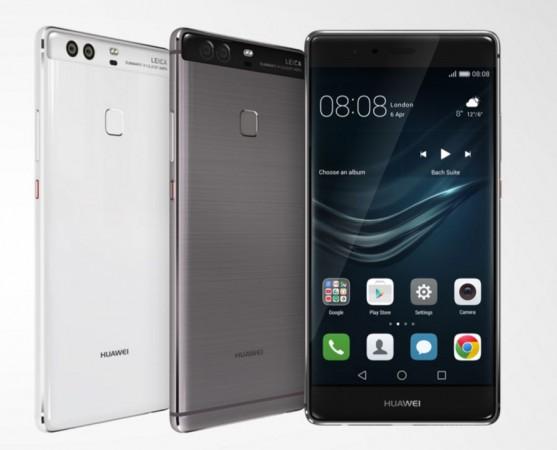
Huawei, the company that was behind Google flagship Nexus 6P, has a new phone coming out and one of its key features seems to have grabbed everybody's attention. The P9 smartphone's most prominent feature is its twin-lens camera that Leica helped developed.
While Huawei P9 may not have been the first smartphone to use two cameras in its design — HTC One M8, Xolo Black and more recently, LG G5, all have two camera modules — but it definitely points towards a new trend in smartphone cameras.
Sharper Images
The P9 is equipped with two 12 MP sensors with identical lenses. The difference between them is that one sensor is colour and the other is monochrome. The deal with monochrome cameras, as the Verge explains, is that they don't have an RGB light filtering array (also known as a Bayer filter). This results in sharper images and more light hitting the sensor.
Leica, by the way, has some serious experience developing monochrome sensors, as seen in its Leica M Monochrom camera. The Verge reports that the two cameras when working together can improve contrast by 50 percent and can triple the light information being read by the phone.
Depth perception
Anybody who's shot on a DSLR will tell you that a smartphone simply can't cut it when it comes to depth of field. Lenses are generally wide-angled, and because the sensors are tiny, the apertures are tiny as well, and, as a net result, it's near impossible to get your smartphone to behave like a DSLR's F1.8 lens, even if your smartphone's camera has an F1.7 lens (like in the Galaxy S7). This is where twin-lens systems really start to shine.
Just like how having two eyes lets us perceive depth, the twin-lens camera assembly also lets smartphones perceive depth better. HTC One M8 and the M9, both employed the twin-lens system to achieve this, as do the G5, Xolo Black and, of course, Huawei P9.
The result is that users can shoot now and refine the focus later, much like the Lytro light field camera, which used a lens array system to capture light information and allows users to manipulate focus, depth of field and more.
3D Gesture Control
While 3D technology hasn't really taken off on the consumer front, barring the Nintendo 3DS, twin-camera systems are perfect for waving your arms about to make your smartphone do stuff. Coretronics is a company that claims it can use its twin-lens camera module to record 1080p videos and create a depth map, which could result in gesture control.
Smarter Zoom
The problem with zoom in most smartphone cameras is that you simply crop into the image and resize it to fit the screen. This is the same as looking at a printed image with a magnifying lens and the result is being able to see all the dots, or in this case, pixels. One way of working around this is to plonk a sensor into the camera that has an insane megapixel count, much like what Nokia did with the PureView 808 or the Lumia 1020, which had a 41 MP sensor. The downside is that the sensor has to be massive, which really kills the average smartphone's profile.
The second option is to use real optics, much like what Nokia did with the N93 for years ago or like what Samsung did with the Galaxy K zoom, both of which were incredibly bulky. Asus managed to fix that problem too with the ZenFone Zoom, but even they couldn't manage to keep the F number constant, and fully zoomed in, the ZenFone Zoom's F number dropped to F4.8 (a smaller F number lets in more light, which allows users to shoot at faster shutter speeds and low ISOs, preventing blurred and grainy images).
Read more: Fuji's analogue Instax runs strong in digital days
Twin-lens cameras can solve the problem with zooming by cleverly mixing optics and computation. Corephotonics' camera modules, despite being small, allow users to zoom, without losing on quality. The camera modules employ two sensors, one with a wide-angle lens and the other with a telephoto lens. When a user zooms into their subject, the camera switches between the lenses and the result is smooth, grain-free magnification.

















